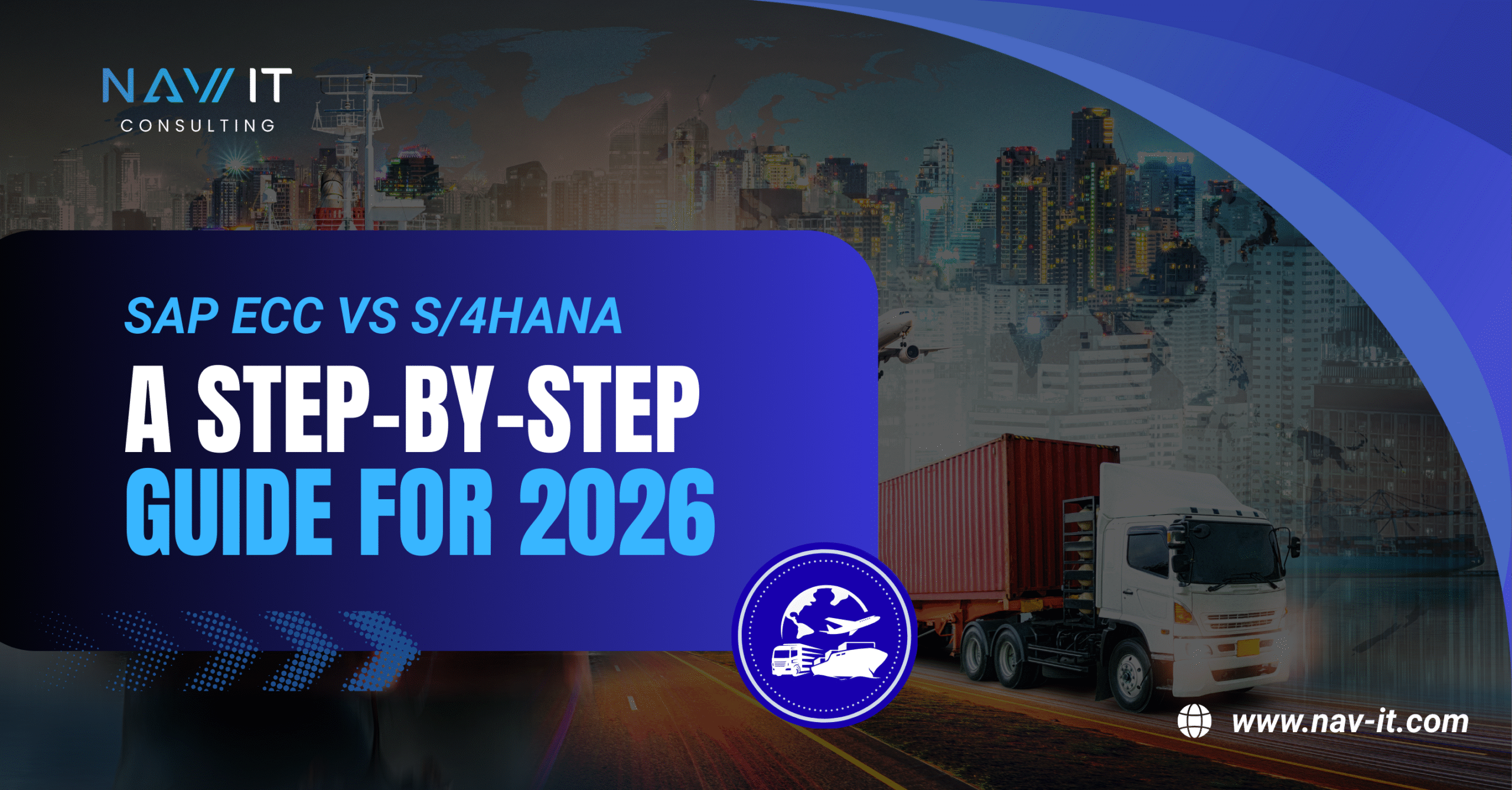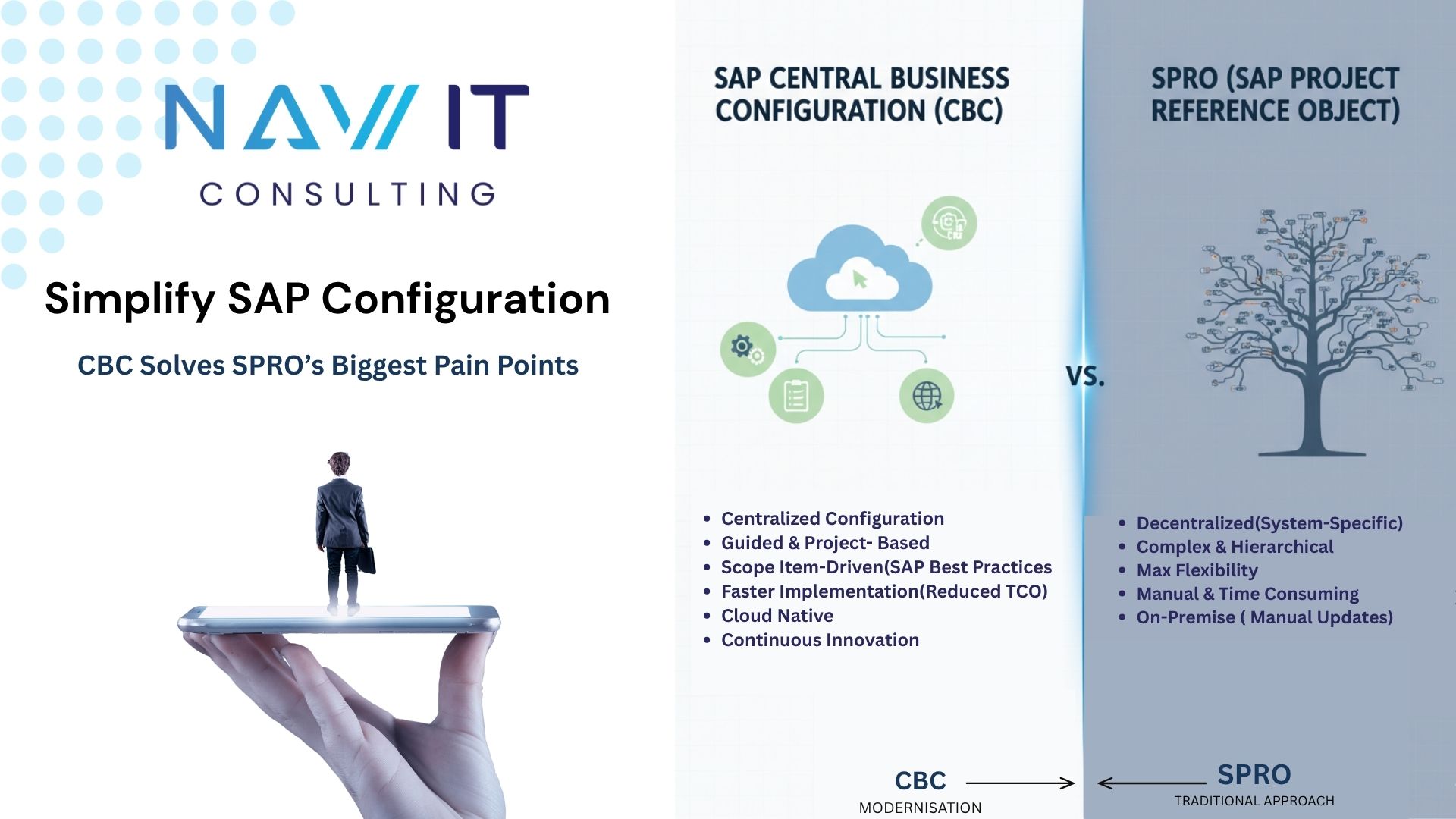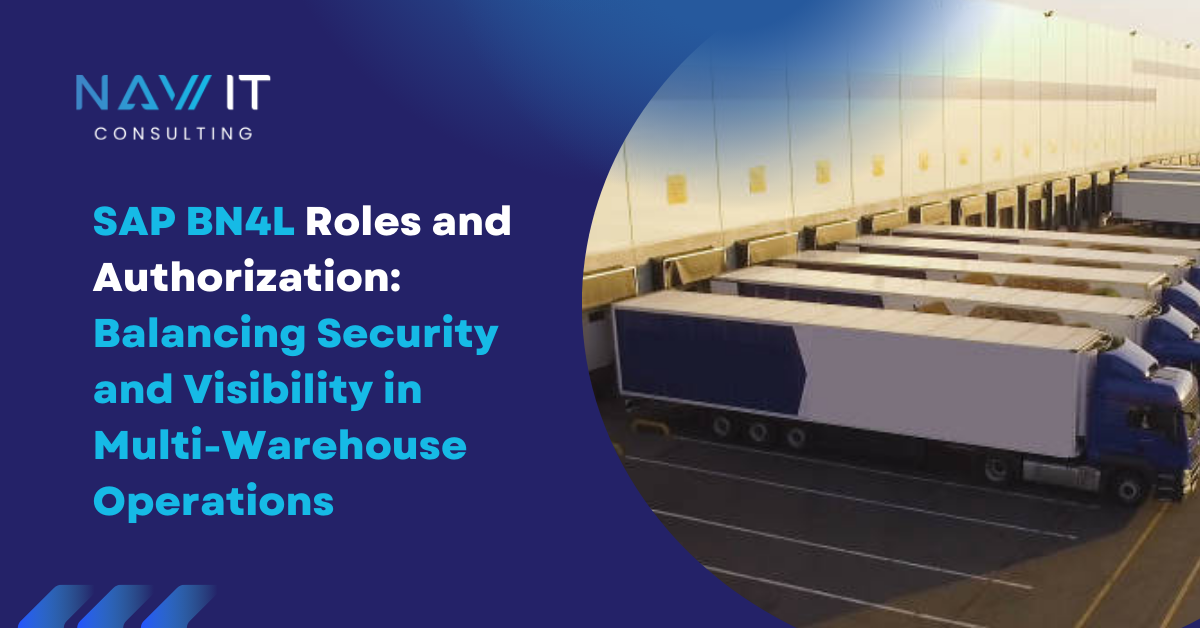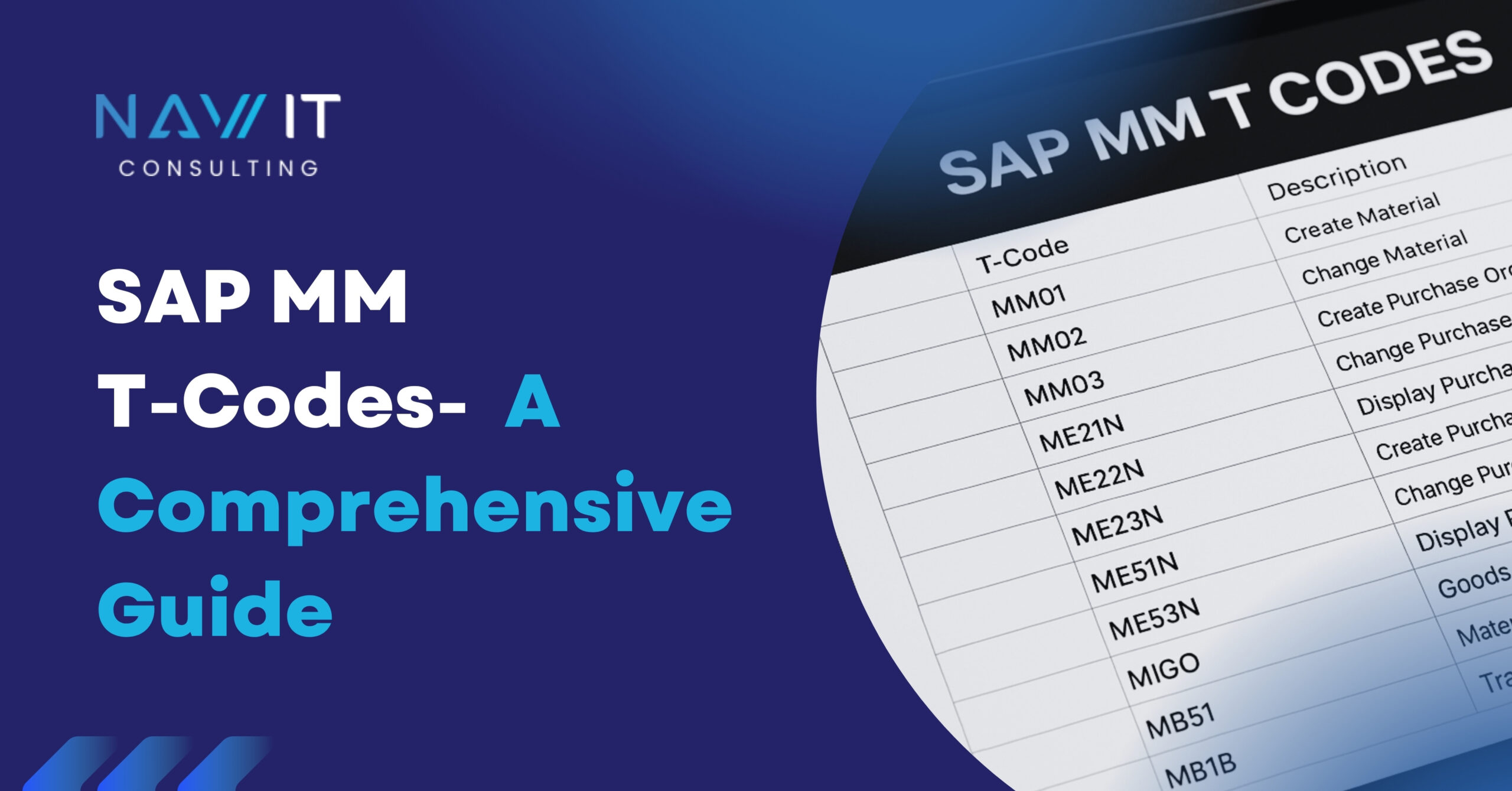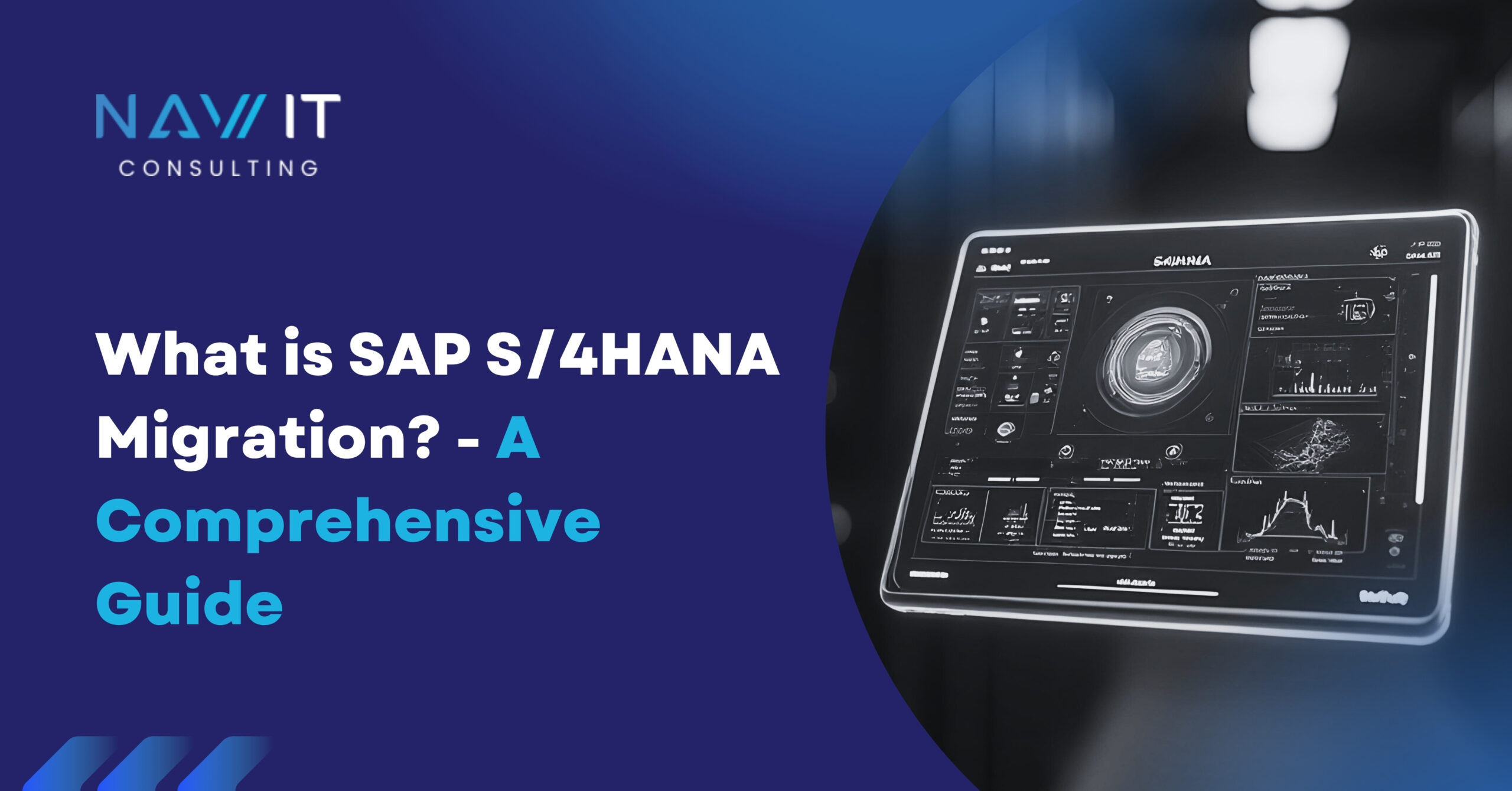According to a recent report by the World Economic Forum, over 75% of companies worldwide face supply chain disruptions due to inefficient logistics and transportation processes. These disruptions often lead to increased operational costs, delayed deliveries, and unsatisfied customers. To effectively deal with these challenges, businesses are increasingly turning to advanced solutions like SAP Transportation Management (SAP TM), a powerful tool designed to optimize every aspect of transportation logistics.
Join our LinkedIn Network for updates, tips, professional growth and many more:
What is SAP TM Module?
SAP Transportation Management (SAP TM) is an advanced software solution developed by SAP to manage the complete transportation process, from planning and execution to monitoring and settlement. The SAP TM Module is part of the broader SAP Supply Chain Management (SCM) suite, designed to help organizations efficiently manage their logistics operations, whether it involves road, rail, air, or sea transportation. SAP TM integrates with other SAP modules, such as SAP ERP and SAP Extended Warehouse Management (SAP EWM), to provide an effective logistics management experience.
SAP TM: A Comprehensive Transportation Management Solution
SAP Transportation Management (SAP TM) automates and optimizes key transportation processes, including planning, execution, and settlement. Let’s discuss some of its key features in detail.
Core Features of SAP TM
1. Transportation Planning
- Route Optimization: SAP TM employs advanced algorithms to determine the most efficient routes, minimizing transportation costs and reducing delivery times.
- Shipment Consolidation: By consolidating shipments, businesses can achieve economies of scale and reduce the overall transportation footprint.
- Carrier Selection: SAP TM Module assists in selecting the most suitable carriers based on factors such as cost, service level, and reliability.
- Cost Estimation: The system provides accurate cost estimates for transportation activities, enabling businesses to make informed decisions and control expenses.
- Delivery Deadline Management: SAP TM ensures that shipments are delivered on time by considering factors such as lead times, transportation modes, and potential delays.
2. Freight Order Management
- Order Creation and Processing: SAP TM Module facilitates the creation and management of freight orders, from initial request to final settlement.
- Carrier Communication: The system enables communication with carriers, ensuring efficient coordination and information exchange.
- Documentation: SAP TM automates the creation and management of transportation-related documents, such as bills of lading, invoices, and customs declarations.
- Billing and Payment: The system supports accurate billing and payment processes, ensuring timely settlement of transportation costs.
3. Transportation Execution and Monitoring
- Real-time Tracking: SAP TM provides real-time visibility into the transportation process, allowing businesses to track shipments from origin to destination.
- Deviation Alerts: The system alerts users to any deviations from the planned route or schedule, enabling prompt corrective actions.
- Performance Monitoring: SAP TM Module monitors key performance indicators (KPIs) related to transportation, such as on-time delivery rates, fuel consumption, and transportation costs.
4. Analytics and Reporting
- Detailed Insights: SAP TM delivers comprehensive reports on transportation performance, providing valuable insights into areas for improvement.
- Data-driven Decision Making: The system supports data-driven decision making by providing real-time analytics and customizable reports.
5. Integration with Other SAP Solution Modules
- Easy Integration: SAP TM Module integrates smoothly with other SAP Solution Modules, such as SAP ERP and SAP EWM, creating a unified logistics management system.
- Real-time Data Exchange: The system facilitates real-time data exchange between different modules, ensuring that all stakeholders have access to the latest information.
By making use of the capabilities of SAP TM Module, businesses can optimize their transportation operations, reduce costs, improve efficiency, and enhance customer satisfaction.
Challenges in Transportation and Logistics Management
Before discussing the benefits of SAP TM, it’s essential to understand the common challenges businesses face in transportation and logistics management:
1. Complexity of Global Supply Chains
- Multi-geographical operations: Businesses often operate across various countries and regions, each with its unique transportation infrastructure, regulations, and customs procedures. This complexity makes it difficult to coordinate and manage shipments efficiently.
- Multiple modes of transport: Depending on the nature of goods and their destination, businesses may need to utilize a combination of transportation modes, such as road, rail, air, and sea. Coordinating these different modes and ensuring transfers can be challenging.
- Regulatory compliance: Adhering to international trade regulations, customs requirements, and import/export restrictions is crucial. Non-compliance can lead to delays, fines, and damage to business reputation.
2. High Operational Costs
- Fuel costs: The fluctuating cost of fuel can significantly impact transportation expenses. Businesses need to manage fuel costs effectively to maintain profitability.
- Carrier fees: Negotiating favorable rates with carriers is essential, as transportation costs can account for a substantial portion of the overall supply chain costs.
- Labor expenses: The cost of labor, including drivers, warehouse workers, and logistics personnel, can be a significant factor in operational costs.
3. Lack of Real-time Visibility
- Shipment tracking: Without real-time tracking capabilities, businesses may struggle to monitor the location and status of their shipments. This can lead to delays, customer dissatisfaction, and increased costs.
- Inventory management: Accurate and up-to-date inventory information is crucial for efficient logistics operations.Lack of visibility can result in stockouts, excess inventory, and increased costs.
4. Compliance and Risk Management
- Trade regulations: Ensuring compliance with international trade regulations, such as tariffs, quotas, and sanctions,is essential to avoid legal and financial penalties.
- Risk management: Managing risks such as theft, damage, and loss is crucial to protect the value of goods and minimize financial losses. This includes implementing security measures, insurance coverage, and contingency plans.
5. Customer Expectations
- Fast delivery: Customers increasingly expect fast and reliable delivery services. Meeting these expectations requires efficient logistics operations and optimized transportation routes.
- Cost-effective shipping: Customers are also sensitive to shipping costs. Businesses need to balance the cost of transportation with the need to provide competitive pricing to meet customer demands.
How SAP TM Module Helps Your Business
SAP TM Module helps businesses manage transportation risks by providing visibility into potential disruptions and facilitating compliance with industry regulations. This reduces the likelihood of penalties and ensures smooth operations.
Join our LinkedIn Network for updates, tips, professional growth and many more:
1. Improved Operational Efficiency
- Optimized Planning: SAP TM enables businesses to create efficient transportation plans by considering factors such as load sizes, distances, and carrier capacities.
- Reduced Transit Times: By optimizing routes and minimizing unnecessary stops, SAP TM helps reduce transit times and improve delivery speed.
- Enhanced Resource Utilization: The system helps businesses utilize their transportation resources more effectively by assigning the right vehicles and drivers to specific shipments.
2. Cost Reduction
- Efficient Carrier Selection: SAP TM Module allows businesses to select carriers based on factors such as cost, reliability,and service quality, helping to negotiate better rates.
- Route Optimization: By identifying the most efficient routes, SAP TM can help businesses reduce fuel costs and minimize vehicle wear and tear.
- Load Consolidation: The system helps businesses consolidate shipments to maximize vehicle capacity and reduce transportation costs.
3. Enhanced Visibility and Control
- Real-time Tracking: SAP TM provides real-time visibility into the location and status of shipments, allowing businesses to monitor their transportation processes in detail.
- Exception Management: The system can automatically identify and alert businesses to potential exceptions, such as delays or route deviations, enabling them to take proactive measures.
- Improved Communication: SAP TM facilitates communication between shippers, carriers, and logistics providers, ensuring a smooth and efficient transportation process.
4. Better Decision-Making
- Advanced Analytics: SAP TM provides businesses with advanced analytics tools to analyze transportation data and identify trends, patterns, and areas for improvement.
- Data-driven Insights: By leveraging data-driven insights, businesses can make informed decisions to optimize their transportation operations and reduce costs.
- Continuous Improvement: SAP TM supports a culture of continuous improvement by providing businesses with the tools and information needed to identify and address bottlenecks and inefficiencies.
5. Compliance and Risk Management
- Regulatory Compliance: SAP TM helps businesses ensure compliance with transportation regulations, such as those related to hazardous materials, customs, and trade agreements.
- Risk Mitigation: By providing visibility into transportation processes and identifying potential risks, SAP TM helps businesses mitigate risks and minimize disruptions.
Who Uses SAP TM Module?
SAP Transportation Management (TM) is a versatile software solution used by a variety of industries to optimize their transportation operations. Here are some of the key user segments:
1. Manufacturing
- Raw Material Procurement: Manufacturers use SAP TM to manage the transportation of raw materials from suppliers to their production facilities, ensuring timely delivery and minimizing disruptions to production schedules.
- Finished Goods Distribution: The SAP TM Module helps manufacturers plan and execute the transportation of finished goods to customers, optimizing routes and reducing transportation costs.
2. Retail
- Supply Chain Management: Retailers use SAP TM Module to manage the flow of goods from suppliers to their distribution centers and stores, ensuring that products are available when needed.
- Inventory Optimization: By optimizing transportation routes and minimizing transit times, retailers can reduce inventory holding costs and avoid stockouts.
3. Logistics and Distribution
- Network Optimization: Logistics providers use SAP TM to optimize their transportation networks, identifying the most efficient routes and maximizing vehicle utilization.
- Third-Party Logistics (3PL): 3PL providers can use SAP TM to manage transportation operations for their clients,providing efficient and cost-effective solutions.
4. Consumer Goods
- Last-Mile Delivery: Companies in the consumer goods industry use SAP TM to optimize last-mile delivery operations, ensuring that products reach customers on time and in good condition.
- Customer Satisfaction: By improving delivery efficiency and reducing transit times, SAP TM helps consumer goods companies enhance customer satisfaction.
By automating tasks, optimizing routes, and improving visibility, SAP TM Module can help companies reduce costs, improve customer service, and enhance their overall supply chain performance.
Conclusion
SAP Transportation Management (SAP TM) is an important tool for businesses looking to optimize their logistics operations in an increasingly complex global market. From its comprehensive process flow to its powerful features and integration with other SAP modules, SAP TM offers solutions that address the key challenges of modern transportation management. Whether you’re in manufacturing, retail, or logistics, SAP TM can help you achieve greater efficiency, reduce costs, and improve customer satisfaction, ensuring your business stays ahead of the competition.
FAQs About SAP TM module
1. What is the SAP TM module used for?
SAP TM is used for managing and optimizing transportation logistics, including planning, execution, and monitoring of transportation activities.
2. How does SAP TM integrate with other SAP solution modules?
SAP TM integrates with SAP solution modules like SAP ERP and SAP EWM, providing a unified platform for managing all aspects of supply chain and logistics.
3. Can SAP TM handle multi-modal transportation?
Yes, SAP TM supports multi-modal transportation, enabling businesses to manage shipments across various modes of transport such as road, rail, air, and sea.
4. What industries benefit the most from SAP TM?
Industries like manufacturing, retail, logistics, and consumer goods benefit significantly from SAP TM due to its ability to optimize complex transportation networks.
5. How does SAP TM help reduce transportation management costs?
SAP TM reduces transportation costs by optimizing carrier selection, route planning, and load consolidation, leading to more efficient resource utilization.
